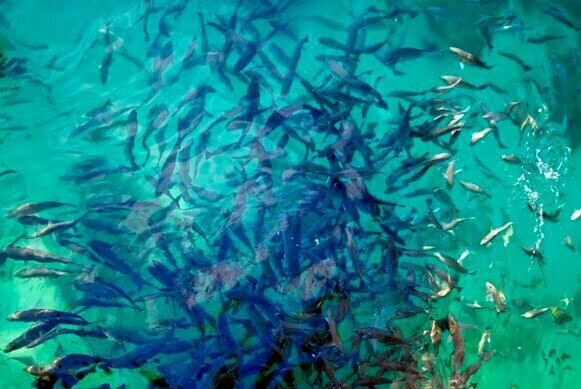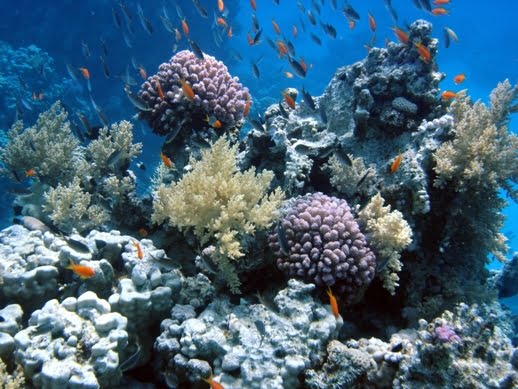As the largest coral reef system in the world, the Great Barrier Reef off the coast of Queensland in Australia is a giant host to millions of fish, crustaceans, water plants and other marine life. The reef system is composed of 2,900 individual reefs scattered along 2,600 kilometers.
The Great Barrier reef
is considered the world’s single biggest single structure formed by living organisms, and it was inevitably declared a World Heritage Site in 1981. Coral polyps, the tiny organisms that are part of the reef symbiosis, thrive peacefully alongside billions of other marine species from as small as clown fish and as big as whales and dolphins.
Over the years, excessive sea temperature due to global warming pushed some of the Great Barrier Reef corals beyond their thermal survival limits. This prompted the affected corals to reject species that live in symbiosis within their system. With the absence of algae, the coral skeleton become white and visible. Because of the altered symbiosis relationship, the corals eventually die.
 The Great Barrier Reef
The Great Barrier Reef
This sad phenomenon of the Great Barrier Reef coral bleaching occurred in successive waves in 1998, 2002, and 2006. The coral bleaching all occurred in the summer time, where the sea surface temperature rose to its highest records. In 1998, about 42% of the entire reef corals were affected, with the inshore reefs as the most badly damaged while the middle shelf and offshore reefs sustained lesser coral mortality.
Then, in 2000, a mass bleaching of the reef damaged 54% of of its entire structure. Prior to 1998, Great Barrier Reef coral bleaching also occurred in 1980, 1982, 1992 and 1994. The uptick in climate temperature was aggravated by the recorded increase in water acidity.
Even before the occurrence of mass coral bleaching in the Great Barrier Reef, the government of Australia already recognized the need to protect this natural treasure with the creation of the Great Barrier Marine Park which defined the legitimate activities that can be done by humans within the park territory to ensure the coral reef environment’s sustainability.
Protective efforts were geared up after 1998, including new zoning, continuous multi-stakeholder monitoring and report publication on the state of health, management and utilization of the Great Barrier Reef to save it from future destruction.

